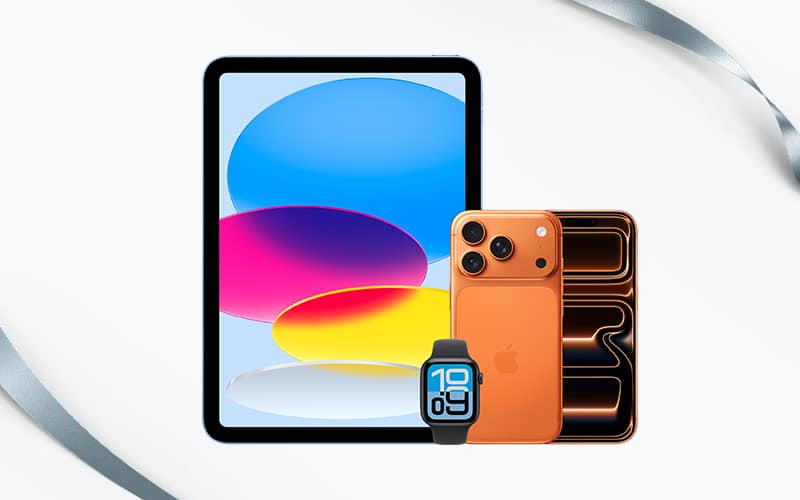Sitio oficial de AT&T | Nuestro mejor servicio móvil y de internet
PÍDELO AHORA
Obtén las mejores ofertas en la red más rápida y confiable del país
Con base en el informe RootScore® de RootMetrics® para los Estados Unidos: 1H 2025.
Clientes nuevos y existentes
Obtén el nuevo iPhone 17 Pro por $0
Averigua cómo obtener esta oferta con intercambio de iPhone. Cualquier condición.
Requiere intercambio de iPhone 14 Pro Max o superior (no incluye el iPhone 16e). Existen términos y restricciones. Sujeto a cambios.
Averigua cómo
Obtén un descuento de $200 por línea
Cuando llames o pidas por internet y obtengas un plan del servicio móvil elegible con una nueva línea de teléfono.
Por tiempo limitado. Crédito en la factura de $5.56 al mes por 36 meses. Existen otros términos.
Ofertas increíbles. Regalos en tendencia.
Ahorra en grande con las ofertas de cyber
Las ofertas están aquí. Dale la bienvenida a los ahorros con nuestra guía de regalos de las ofertas de cyber.
Te respaldamos. Garantizado.
Todos nuestros planes pospagos de fibra óptica y servicio móvil están respaldados por la Garantía AT&TSM. Eso significa que si no funciona, te acreditaremos automáticamente un día entero de servicio. Garantizado.
Déjanos conectarte
Conectando tu mundo
Entérate qué nos distingue a nosotros y a nuestra red.
Todos pueden obtener las mejores ofertas en cada smartphone
Porque esa es la manera en que los clientes se merecen ser tratados.
Las ofertas varían según el dispositivo. Se puede requerir intercambio y plan del servicio móvil elegibles. Sujeto a otras restricciones.
Obtén más Unlimited Your Way®
La elección es tuya, garantizado. Combina cualquiera de nuestros mejores planes.
AT&T puede reducir temporalmente las velocidades de datos cuando la red está congestionada.
Internet residencial con la confiabilidad del 99% de fibra óptica
Todos en tu hogar pueden navegar, hacer streaming y compartir sin interrupciones.
Con base en la disponibilidad de red.
Wi-Fi que puedes controlar
Personaliza AT&T All-Fi™ según tus necesidades al elegir la velocidad, la cobertura y la seguridad más indicadas para ti.
Mejora tu vida diaria
La diferencia de AT&T
¡Prueba AT&T WirelessSM GRATIS por 30 días!
Mantén tu servicio y número actuales mientras pruebas nuestra red desde tu teléfono.
¿Cómo podemos ayudarte hoy?
¿Quieres mantenerte al tanto?
Suscríbete para recibir las últimas ofertas, noticias de productos y más de AT&T.
Al enviar tu dirección de correo electrónico, aceptas recibir correos electrónicos futuros de AT&T y su familia de empresas. Te enviaremos ofertas y promociones por correo electrónico acerca de productos y servicios de AT&T. Las ofertas varían según el dispositivo. Se pueden aplicar restricciones.












